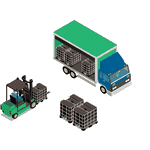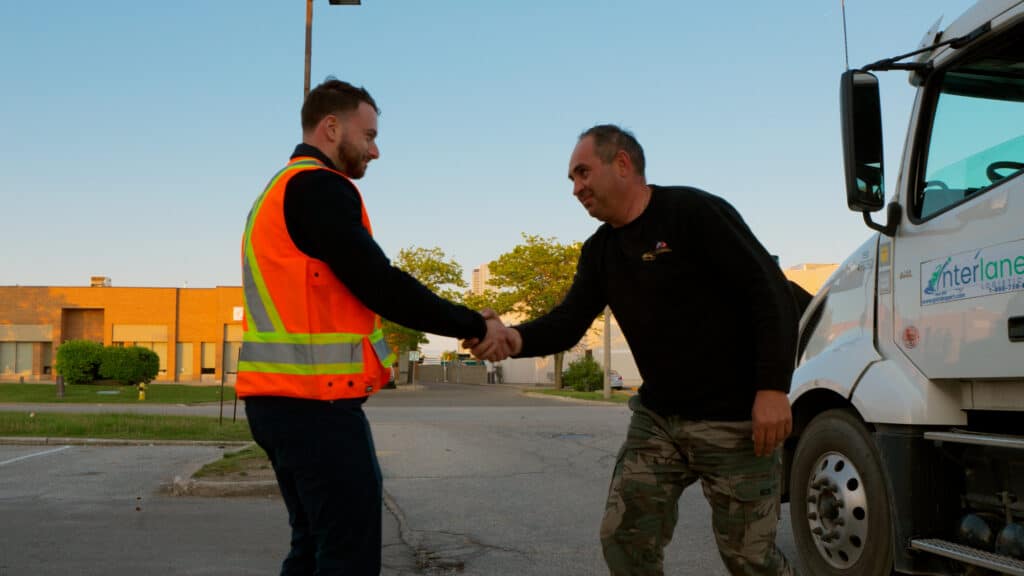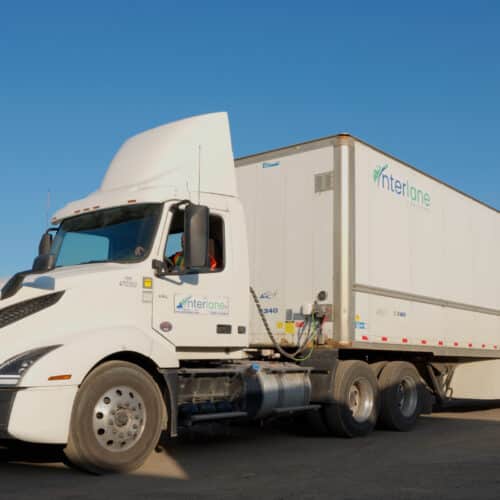





Across North America, our drivers are ready to pick up your load.
Get the best rates, dedicated account managers to discuss the specifics of your loads and watch how our transportation company solves all your logistics requirements.



Our logistics company is building the best network of drivers across North America.
To provide the best logistics service to our clients we need the best drivers. To get the best drivers we have invested heavily to create the best dispatching department available in the industry.

Interlane provides well-designed shipping solutions through a dedicated and experienced team to ensure that all transportation and logistics needs are met sufficiently.

Interlane is always looking for new partnered carriers across all service modes. With thousands of weekly shipments, that will get you covered wherever and whenever.

Interlane takes pride in building relationships through our single point contact approach. Our 24/7 dedicated account managers are on standby to provide support and act quickly when circumstances change.

Cost Savings At Interlane Logistics our dedicated account managers find you the most cost-effective solution for your shipping quotes. Working with our logistics company in Canada will ensure savings on mileage, footage and cost per skid.

Careful & Secured Services Interlane Logistics is a FMCSA licensed & insured transportation company. Our team utilizes the necessary cargo control equipment to secure delivery of any type of commodity. All carriers use GPS tracking to ensure we can stay up to date on the location and safety of each load.

Interlane focuses on providing shipping solutions across North America through flexibility and efficiency that make us stand out as one of North Americas leading shipping and logistics companies.
Interlane takes pride in building relationships through our single point contact approach. Our 24/7 dedicated account managers are on standby to provide support and act quickly when circumstances change.

At Interlane Logistics our dedicated account managers find you the most cost-effective solution for your shipping quotes. Working with us will ensure savings on mileage, footage and cost per skid.
No matter the load, We will save you a LOAD!

Interlane Logistics is a FMCSA licensed & insured transportation company. Our team utilizes the necessary cargo control equipment to secure delivery of any type of commodity. All carriers use GPS tracking to ensure we can stay up to date on the location and safety of each load.

Interlane focuses on providing shipping solutions across North America through flexibility and efficiency that make us stand out as one of North Americas leading shipping and logistics providers.

Interlane Logistics provides point to point service between Canada, USA and Mexico.
Our transportation solutions offer top tier regional and national capacity with custom tailored solutions for all your freight needs.
As a professional logistics company, we offer transportation services for different types of industries. Find the right logistics solution for your shipment with Interlane Logistics.